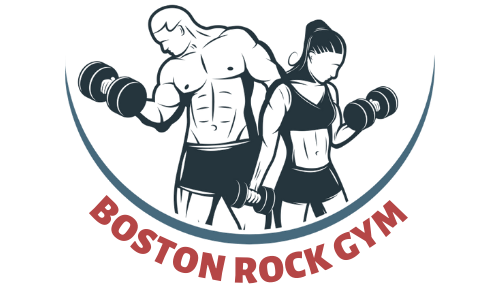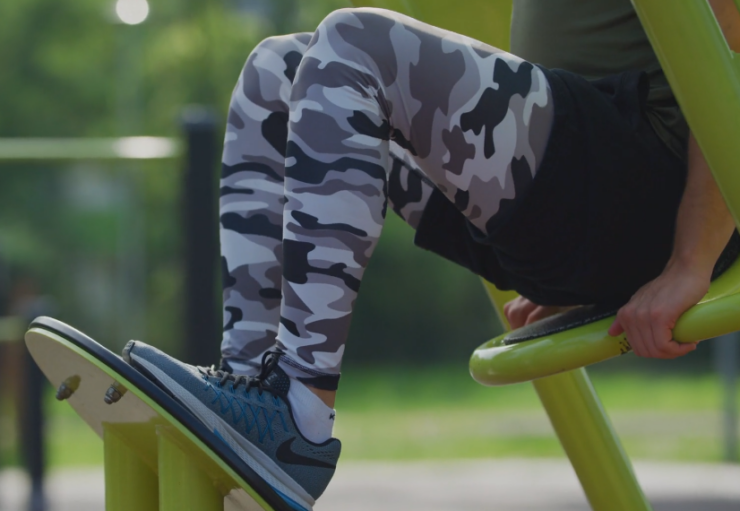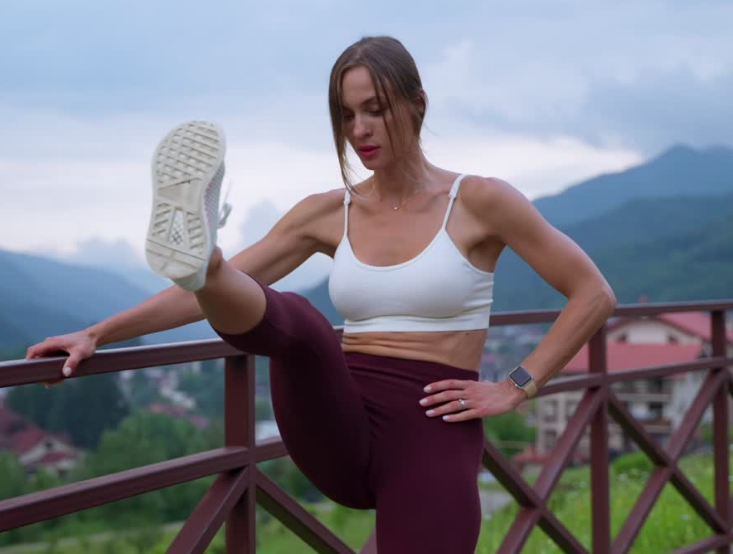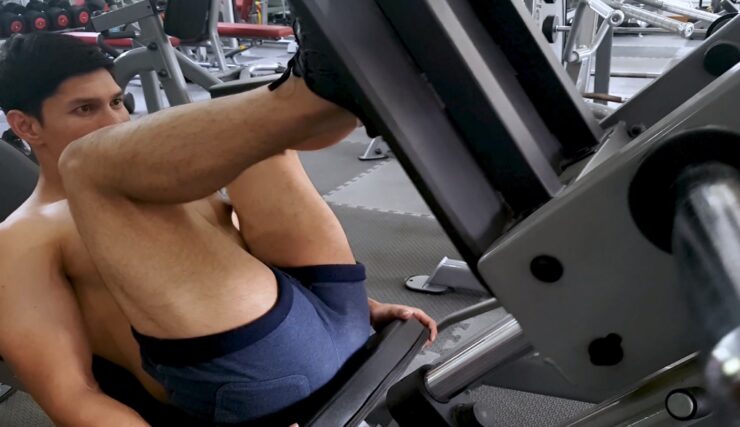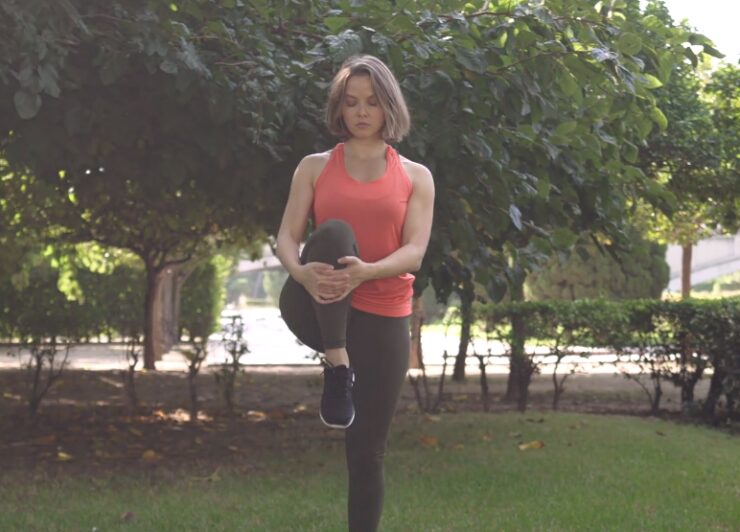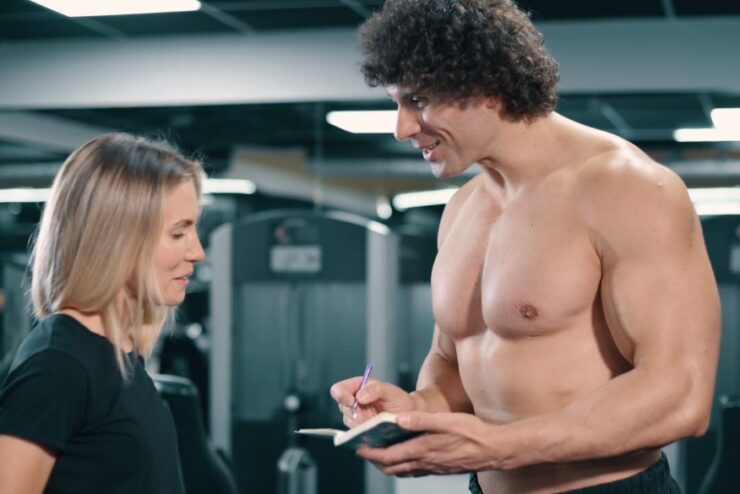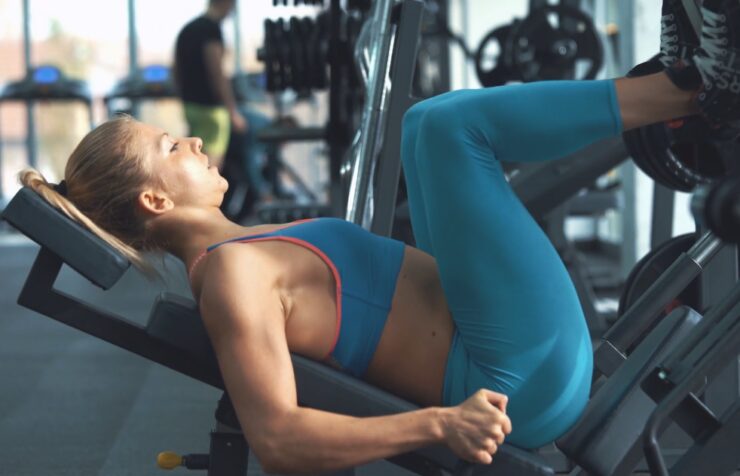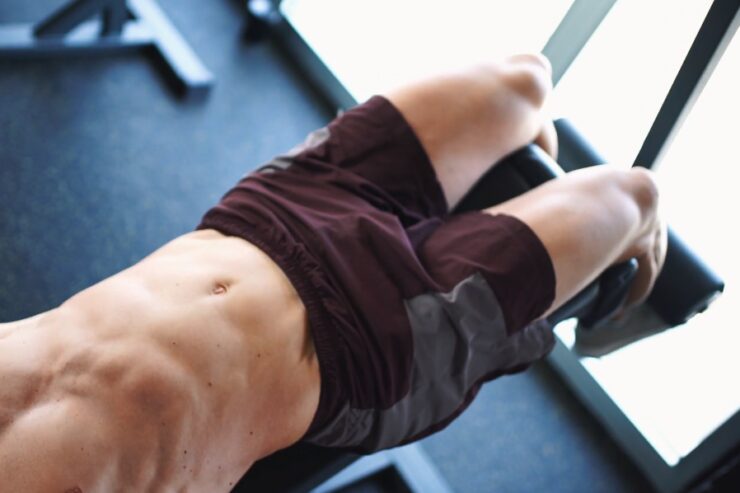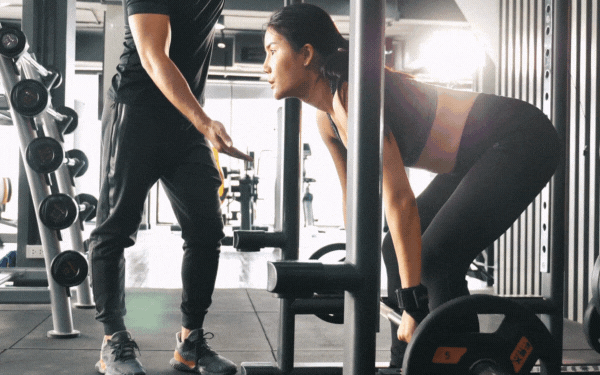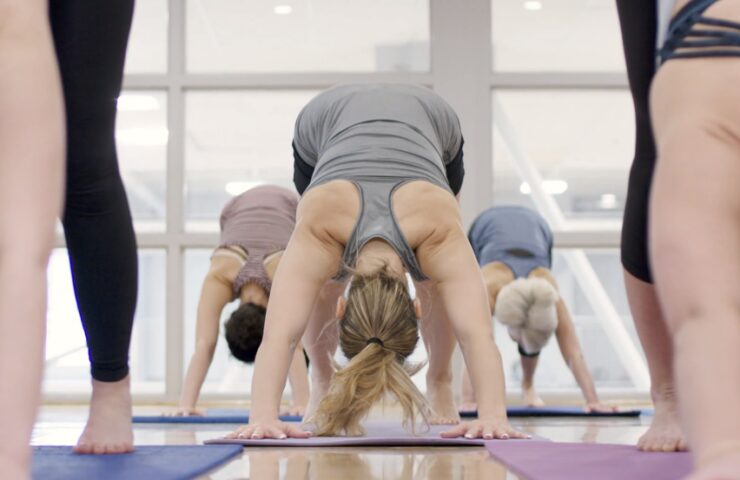Alright, so you’ve been pumping iron for a solid three years now, and your upper body is starting to look like it’s been chiseled out of marble by the Greek gods themselves. You’re feeling pretty good about yourself, right?
But then, you look down and realize it’s time to face the music. The leg day music. And you wonder, “Haven’t I been training my legs every day just by strutting my stuff through the gym?” And then the paranoia hits. “Have I been overtraining my legs by walking every day? Is that why they’re not bulging out of my shorts like two monstrous hams?” Well, fear not, my friend. I’ve got the lowdown on how to, and how often to, train those stubborn legs of yours.
When people start packing on the pounds, it’s like their body has a sick sense of humor. Most of the fat decides to throw a party around the midsection or set up camp on the legs. But it’s not just about fighting off the flab. It’s about sculpting those leg muscles into pillars of pure power.
Toned and well-built leg muscles are like the bouncers at the club that is your body, keeping everything upright and in check. So, let’s dive in, and remember, the only bad workout is the one you didn’t do!
Contents
Why leg workout is important?
Now, let’s get one thing straight. Your legs aren’t just for show, they’re your foundation. They’re like the roots of a tree. If your tree is top-heavy with a weak base, it’s gonna topple over. And nobody wants to be that guy.
So, it’s time to give those legs the attention they deserve. We’re talking squats, lunges, deadlifts – the whole nine yards. It’s not just about looking good, it’s about being strong where it counts.
So buckle up, because we’re about to embark on a journey to the center of the leg day universe.
5 Reasons Why A leg Workout Is Important & How Many Times A Week Should I Workout My Legs
-
Burn Calories and Build Massive Muscles
Your legs are home to the biggest muscle groups in your body. We’re talking about your quads, hamstrings, and glutes.
When you target these bad boys, you’re not just lifting weights, you’re starting a full-blown calorie bonfire. So, if you want to sweat like you’re in a sauna and burn calories like a furnace, it’s time to hit those legs.
-
Symmetrical Body
Nobody wants to look like they’re walking on stilts, right? If you’re all upper body and no legs, you’re going to end up looking like a chicken that’s been hitting the bench press.
Leg workouts are the key to a symmetrical body that looks good from every angle. So, if you want to balance out that beastly upper body of yours, you need to give your legs some love.
-
Bulletproof Your Body
Think of leg workouts as your body’s insurance policy. They help you build a solid foundation that makes you more athletic and less prone to injuries. So, if you want to stay in the game and not on the sidelines, you need to make leg day a priority.
To learn more about preventing workout-related injuries and ensuring safe and effective gym sessions, click here.
-
Supercharge Your Metabolism
Leg workouts are like a secret weapon for your metabolism. They help you burn more calories, even when you’re just chilling on the couch. So, if you want to turn your body into a calorie-burning machine, don’t skip leg day.
-
Improved big lifts
Consistency is key when it comes to leg workouts. The more you train your legs, the stronger your core gets. And a strong core means you can lift more. So, if you want to impress everyone at the gym with your big lifts, you need to put in the work on leg day.”
How Often Should I Workout My Legs?
The frequency of your leg workouts can vary greatly depending on your experience level and your goals.
Some hardcore athletes might hit their legs every single training day (absolute savages), while seasoned lifters typically train legs at least 3 times a week. However, if you’re a newbie, you might find yourself hobbling around like a penguin for 5 days after a leg workout, even though you’re moving less weight than an experienced lifter uses for their warmup.
It’s important to note that leg workouts are usually spaced out to give your muscles time to recover and rebuild. This recovery time is crucial for optimal muscle growth, especially for powerlifters and athletes. But then you have those outliers, those absolute beasts like the legendary “Tom Platz”. This guy, who arguably had the most impressive set of wheels in bodybuilding history, trained his legs daily.
Set plan workout
Next up, you gotta pick a plan and stick to it like glue. The most popular plans are Full Body workouts, Pull-Push-Legs, and Upper-Lower.
- Full Body Workouts: In this setup, you’re giving your legs a taste of the action in every workout. How often your legs get a workout depends on how frequently you’re hitting the gym.
- Pull-Push-Legs: This plan usually works on a 3-day rotation with a rest day in between. In this format, your legs are getting a workout at least once every 3-day cycle. But don’t forget, pull day often includes some leg work too.
- Upper-Lower: This one’s pretty straightforward. One day you’re working your upper body, the next day you’re hitting your lower body. In this format, every other training session should include some leg work.
Now, remember, everyone’s got different goals. Some want to build and sculpt their leg muscles, while others are on a mission to shed some pounds. That’s why it’s crucial to tailor your workouts to your specific goals.
You can structure your leg workouts so that even if you’re training legs on consecutive days, you’re focusing on different muscles. One day might be all about the quads, the next day you’re hitting the hamstrings, and the third day you’re working the glutes. Generally speaking, the first muscle you work on a day will feel the biggest effects of the workout.
Some easy and popular leg workout
| Exercise | How to perform? |
| Squat | The king of leg exercises. They primarily target your quads, but they also work your hamstrings and glutes. To perform a squat, you stand with your feet shoulder-width apart, lower your body as if you’re sitting in a chair, and then push back up.
Now, if you’re feeling adventurous, try the Ass to Grass Squat variation. In this version, you squat down until your butt is as close to the ground as possible (hence the name). This variation can help increase your hip and ankle mobility, but make sure to keep your back straight and your knees in line with your toes. |
| Split Squat | A killer exercise that targets your quads, hamstrings, and glutes. To perform a split squat, you start in a staggered stance with one foot in front of the other. Then, you lower your body until your front knee is at a 90-degree angle and your back knee is just off the floor. Push back up and repeat.
If you want to add a twist, try the Bulgarian Split Squat variation. In this version, your back foot is elevated on a bench or step, which increases the challenge and hits your muscles from a different angle. Just make sure to keep your front knee in line with your toes and your torso upright. |
| Lunges | The Swiss army knife of leg exercises. They hit your quads, hamstrings, and glutes, giving you a well-rounded leg workout. To perform a lunge, you step forward with one foot and lower your body until your front knee is at a 90-degree angle. Then, you push back up and repeat with the other leg.
Now, if you want to take your lunges to the next level, try the Knees Over Toes Lunge variation. In this version, you allow your knee to go past your toes as you lunge, which can help increase your ankle mobility and knee strength. Just make sure to keep your heel on the ground and your back straight. |
| Deadlifts | A powerhouse exercise that targets your hamstrings and glutes, but they also work your lower back and core. To perform a deadlift, you stand with your feet hip-width apart, bend at the hips and knees to grab the barbell, and then stand up straight.
If you want to mix things up, try the Romanian Deadlift variation. In this version, you keep your legs almost straight as you lower the barbell, which can help increase your hamstring flexibility and strength. Just make sure to keep your back straight and your core engaged. |
| Glute Bridge | All about the booty. They primarily target your glutes, but they also work your hamstrings and core. To perform a glute bridge, you lie on your back with your knees bent and feet flat on the floor. Then, you lift your hips off the floor until your body forms a straight line from your knees to your shoulders. Lower back down and repeat.
If you want to up the ante, try the Single-Leg Glute Bridge variation. In this version, you lift one foot off the floor while you raise your hips, which increases the difficulty and really fires up your glutes. Just make sure to keep your hips level and your core engaged. |
Benefits of legs workout
| Stimulates hormone production | Leg workouts are like a natural hormone therapy session. They stimulate the production of testosterone and growth hormone, which can help you build muscle and burn fat. |
| Creates symmetrical body | Nobody wants to look like they’re about to topple over. Leg workouts help create a symmetrical body, balancing out your upper and lower halves. |
| Lower back pain alleviation | Strong legs provide better support for your spine, which can reduce the strain on your back. |
| Strengthened bones | Weight-bearing exercises like squats and lunges can increase your bone density, which can help prevent osteoporosis |
| Improve posture | Strong legs and a strong core (which you also work during many leg exercises) can help you stand taller and prevent slouching. |
Do’s while exercising
-
Patience is a Virtue
Always take the time for a proper warm-up. It gets your blood flowing and prepares your muscles for the workout ahead. Rushing into heavy lifting without a warm-up is like trying to drive a car without warming up the engine.
-
Breathe!
Make sure you’re breathing correctly. Inhale on the easy part of the exercise (like when you’re lowering the weight), and exhale on the hard part (like when you’re lifting the weight). This helps keep your blood pressure stable and your muscles oxygenated.
-
Stand Tall
Always adjust your posture before and during your exercises. Good posture can improve your performance and reduce the risk of injury.
-
Hydrate
Drink enough water before, during, and after your workout. Staying hydrated helps your body function properly and can improve your performance.
-
Consistency is Key
Stay consistent and motivated. Results won’t come overnight, but with dedication and perseverance, they will come.
-
Rest and Recover
Give your body the rest it needs. Your muscles grow and repair themselves during rest, not while you’re working out.
Don’ts while exercising
-
Easy Does It
Don’t jump into heavy weights right away. Start light and gradually increase the weight as your strength improves. This helps prevent injuries and ensures you’re using proper form.
-
Smooth Moves
Avoid jerky movements. Always perform your exercises with controlled, smooth movements. This helps prevent injuries and ensures you’re targeting the right muscles.
-
No Half Measures
Don’t do half reps. Always perform the full range of motion in your exercises. Half reps can lead to imbalances and don’t fully stimulate your muscles. So, whether you’re squatting, lunging, or deadlifting, make sure you’re going all the way.
FAQ
How long should you wait between leg workouts?
The general rule of thumb is to give your muscles 48 to 72 hours of rest between workouts. This allows your muscles to recover and grow. So, if you’re hitting your legs hard, you might want to wait two to three days before your next leg workout.
However, there are always exceptions. Some lifters and athletes swear by training their legs daily. They rarely exercise to true muscular failure which allows them to maintain this routine, and often have a different focus on the leg muscles they hit.
Which is better, lifting a heavier weight or doing more reps?
It depends on your goals, bro. If you’re looking to build strength, lifting heavier weights for fewer reps might be the way to go. But if you’re aiming for muscular endurance or toning, doing more reps with lighter weights could be your ticket. Always remember to maintain proper form, no matter which approach you choose.
What should I do on rest days?
Rest days are all about recovery, but that doesn’t mean you have to be a couch potato. Light activities like walking, stretching, or yoga can help promote recovery. It’s also a great time to focus on nutrition and hydration to fuel your body for your next workout.
What happens to your body on rest days?
Rest days are when the magic happens. When you workout, you create tiny tears in your muscles. During rest days, your body repairs these tears, making your muscles stronger and bigger. So, rest days are essential for muscle growth and recovery.
Verdict
So, there you have it, my friend.
We’ve journeyed through the leg day universe, explored the importance of giving those legs the attention they deserve, and even dived into some killer exercises to get those leg muscles firing.
Remember, your legs aren’t just for show – they’re your foundation, your pillars of power. Whether you’re a newbie or a seasoned lifter, it’s all about finding the right balance and consistency in your workouts.
And remember, no matter how tough it gets, the only bad workout is the one you didn’t do! So, lace up those trainers, hit the gym, and let’s make every day a leg day!
References:
https://www.bodybuilding.com/content/10-best-muscle-building-leg-exercises.html
https://www.webmd.com/fitness-exercise/features/strength-training-building-leg-muscles
https://www.menshealth.com/uk/workouts/g753901/the-muscle-building-leg-day-workout/
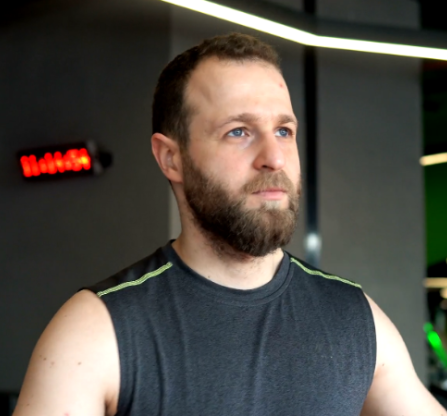
Working out is my life. I love to help others see the potential of their bodies as they transform into their best selves.
